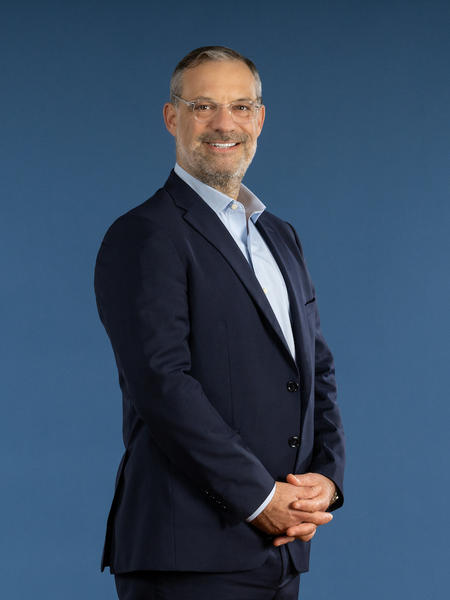MNG Airlines Adds A350F Freighters to Fleet
MNG Airlines, a global logistics provider and e-commerce enabler based in Türkiye, has recently committed to the all-new A350F. This commitment follows the signing of a Memorandum of Understanding (MoU) for the acquisition of two aircraft. The A350F will play a central role in MNG’s future fleet, offering all the advantages of an advanced freighter for the airline’s operations.

“This agreement for two A350F deepens a partnership with Airbus across its full range of freighter programmes. This move strengthens our position across key trade lanes, including Europe, the Middle East, Asia, and a growing footprint in North America. It will support both our scheduled and charter operations and give us added flexibility to meet evolving cargo demands, from e-commerce to high-value freight and express logistics,” said CEO of Mapa Group and Chairman of MNG Airlines Murathan Doruk Günal.

“We are delighted to welcome MNG Airlines as the latest customer for the A350F, underscoring the strong market appeal for this game-changing freighter. The A350F will bring new generation efficiency and performance as well as new levels of capacity and unprecedented loading flexibility. We look forward to ensuring a seamless integration into MNG’s operations,” said Benoît de Saint-Exupéry, Airbus EVP Sales of the Commercial Aircraft business.
Engineered as the world’s most advanced freighter aircraft, the A350F is designed to meet the evolving needs of the global air cargo market. Currently under development, it will have a carrying capacity of up to 111 tonnes and a range of 8,700 km. Powered by Rolls-Royce Trent XWB-97 engines, the aircraft will achieve up to a 40% reduction in fuel consumption and CO₂ emissions compared to previous generation models. Constructed with over 70% advanced materials, the A350F will be 46 tonnes lighter than its competitors and will feature the largest main deck cargo door in the industry. Additionally, it is the only freighter that fully meets ICAO’s 2027 CO₂ standards and, by the time it enters service, will be capable of using 50% sustainable aviation fuel (SAF), with a target of 100% SAF by 2030.














Leave a comment